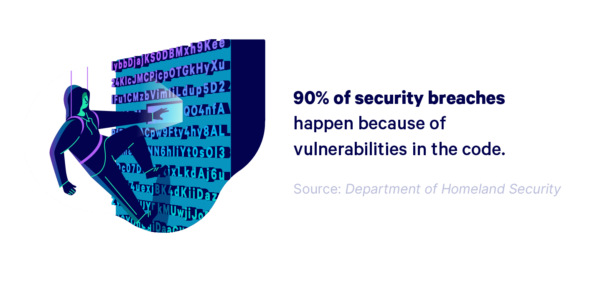Brief Overview of Obfuscation
Obfuscation refers to the deliberate act of making something unclear, obscure, or unintelligible. In the realm of cybersecurity and privacy, obfuscation techniques are employed to conceal sensitive data, such as online activities, communication channels, or digital identities, from prying eyes. These methods are particularly valuable in scenarios where users seek to bypass censorship, evade surveillance, or protect their online privacy.
Exploring Obfuscation in Depth
Obfuscation encompasses a variety of strategies and tools aimed at masking or disguising digital information to prevent unauthorized access or surveillance. These techniques often involve encryption, camouflage, or distortion of data to render it incomprehensible to unintended recipients. By implementing obfuscation, individuals and organizations can enhance their cybersecurity posture and safeguard sensitive information from malicious actors, government surveillance, or data breaches.
Key Features of Obfuscation
Obfuscation techniques typically exhibit the following key features:
- Encryption: Encrypting data transforms it into an unreadable format, requiring a decryption key or algorithm to revert it to its original state.
- Camouflage: Concealing sensitive information within seemingly innocuous or unrelated data to avoid detection or scrutiny.
- Steganography: Hiding data within other files or media to covertly transmit messages without arousing suspicion.
- Traffic Obfuscation: Masking the characteristics of network traffic to evade censorship, surveillance, or traffic analysis.
- Code Obfuscation: Modifying software code to obfuscate its functionality and structure, making it harder to reverse engineer or tamper with.
Types of Obfuscation
Obfuscation techniques can be categorized into various types based on their intended purpose and application. The following table outlines some common types of obfuscation:
| Type of Obfuscation | Description |
|---|---|
| Data Encryption | Concealing sensitive data through encryption algorithms, such as AES, RSA, or Blowfish. |
| Traffic Masking | Altering network traffic characteristics, such as packet size, timing, or protocol, to evade detection. |
| Code Obfuscation | Modifying software code to obscure its functionality, control flow, and variable names. |
| Steganography | Embedding hidden messages or data within images, audio files, or other digital media. |
| Protocol Obfuscation | Disguising communication protocols to bypass censorship or firewall restrictions. |
Ways to Use Obfuscation
Obfuscation techniques can be applied in various scenarios to achieve different objectives, including:
- Bypassing Censorship: Users in countries with strict internet censorship can use obfuscation to access blocked websites or bypass filtering mechanisms.
- Enhancing Privacy: By obfuscating their online activities and communication channels, individuals can mitigate the risk of surveillance and maintain their privacy.
- Securing Data Transmission: Encrypting and obfuscating data during transmission over unsecured networks, such as public Wi-Fi, helps prevent interception and eavesdropping.
Challenges and Solutions
Despite its benefits, obfuscation poses several challenges and limitations:
- Performance Overhead: Some obfuscation techniques may introduce latency or overhead, impacting the speed and efficiency of data transmission.
- Detection and Countermeasures: Sophisticated adversaries or surveillance systems may employ advanced techniques to detect and thwart obfuscation attempts.
- Compatibility Issues: Certain obfuscation methods may not be compatible with all devices, platforms, or applications, limiting their effectiveness.
To address these challenges, ongoing research and development efforts focus on optimizing obfuscation techniques, enhancing detection resistance, and improving compatibility with existing systems.
Characteristics and Comparisons
| Obfuscation vs. Anonymization |
|---|
| Obfuscation involves masking or concealing data to prevent its comprehension or interpretation by unauthorized parties. |
| Anonymization focuses on removing or dissociating personally identifiable information from datasets to protect individual privacy while allowing data analysis and sharing. |
Future Perspectives and Technologies
The future of obfuscation lies in the advancement of encryption algorithms, machine learning-based detection evasion techniques, and decentralized communication protocols. Emerging technologies, such as homomorphic encryption and quantum-resistant cryptography, hold promise for enhancing the security and resilience of obfuscation mechanisms in the face of evolving threats.
VPN and Obfuscation
Virtual Private Networks (VPNs) play a crucial role in facilitating obfuscation by encrypting and tunneling network traffic, thereby concealing users’ online activities from network intermediaries, ISPs, and surveillance entities. By routing traffic through VPN servers and employing obfuscation techniques, users can enhance their privacy, bypass censorship, and evade surveillance measures.
Resources for Further Information
Obfuscation remains a cornerstone of modern cybersecurity and privacy protection, offering users effective means to safeguard their digital assets and online privacy in an increasingly interconnected and surveilled world.


